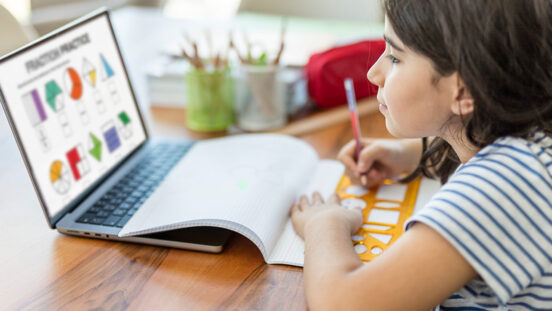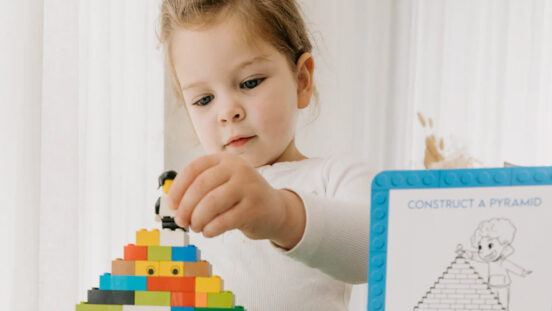Don’t be so quick to take the screens away: digital devices can play a key role in helping kids discover the joys of reading
"E-books are laden with extra features such as online dictionaries, translations, animations, videos and audio explanations to help support learning."
By Chris Couchman, Head of Content at Readly
Every day the same scenario plays out across the country between exasperated parents and children desperate for extra screen time.
While screen use may not always be ideal, it’s important to keep in mind that not all mobile phone and tablet usage is of equal value and that there is a world of difference between sinking hours into mindless gaming and reading or accessing educational content online.
A recent survey by magazine and newspaper app Readly showed that 60 percent of Australian parents did not read newspapers, magazines or journalistic content to children and 30 percent of parents and grandparents did not read to their children at all.
Research shows that Aussie kids consume news media on a regular basis but have indicated that they sometimes found the information frightening and many lacked the skills to think critically about what they’re reading. The Readly survey showed that although 42 percent of respondents said it was important for their children to have access to verified journalistic content, only one in four Aussie kids had access to paid journalism.
There’s a great opportunity here for Aussie parents and caregivers to step in and fill the educational gap when it comes to kids and reading online. The portability and ubiquity of screens can serve as an advantage to budding readers and, contrary to what critics say, reading a wide variety of content like newspapers, ebooks and magazines on a screen can be just as beneficial in their own right.

Chris Couchman is Head of Content at Readly
Online reading allows for the quick perusal of large amounts of information from different sources, can be accessed anytime, anywhere, and can be instantly sent across multiple devices to friends and family. For instance, a child can enjoy reading an in-depth article about their favourite animal in National Geographic, then seamlessly launch an online search on their device to learn more.
With the right kind of guidance and supervision, kids will learn critical thinking and nurture their sense of curiosity about the world through the news content they encounter online.

“Digital content is far from inferior to traditional books and magazines.”
Digital content is far from inferior to traditional books and magazines. A 2021 literature review of 14 studies on the effect of e-books on children’s reading notes that ‘when e-books are properly selected and used, children develop literacy skills equally well and sometimes better than with print books. Like many types of digital content, E-books are laden with extra features such as online dictionaries, translations, animations, videos and audio explanations to help support learning. The authors singled out children from at-risk backgrounds such as those with learning disabilities like dyslexia and non-English speakers as potential benefactors of such content.
Attacking the method of the delivery won’t solve the problem of getting kids to read more. Instead, we must embrace new learning tools and use them to our advantage whenever we can. According to a report by the Gonski Institute, 43 percent of Australian teachers and principals believe digital technologies enhance their teaching and learning activities.
WATCH: Michelle Obama reads The Gruffalo. Continues after …
Online education in Australia is an $8 billion industry. The term e-learning itself was coined more than two decades ago.
Learning and reading on devices is neither new nor uncommon, so why hasn’t the conversation around online reading moved on?
Access to journalistic content like magazines and newspapers are an important part of our kids’ education. It allows them to feel connected to the world we live in and keep up with important developments as they occur.
Though the days of seeing parents and grandparents reading newspapers at the table are gone, there’s no reason we can’t bring back the tradition of reading and discussing current affairs with our children.

“E-books are laden with extra features such as online dictionaries, translations, animations, videos and audio explanations to help support learning.”
Reading should be fun, even if it’s on a screen. Rather than languish in guilt over screen usage, it’s time to accept that they’re here to stay and make a habit of sharing what we’re reading with our children, whether it’s a news article, a magazine piece or a comic book. The beauty of the digital format is that you’re only one click away from new and interesting topics, with thought-provoking content from all over the world waiting to be discovered at leisure.
Reading more is not an either/or proposition between physical and online content, and we shouldn’t be afraid to go with what simply works. Digital presents a golden opportunity to impart a love of reading, the chance to explore quality journalism aimed at children, and opens children up to the unexpected inspirations only reading widely can bring. It’s high time we vanquish our guilt over screen time and leverage it to get everyone reading more.




